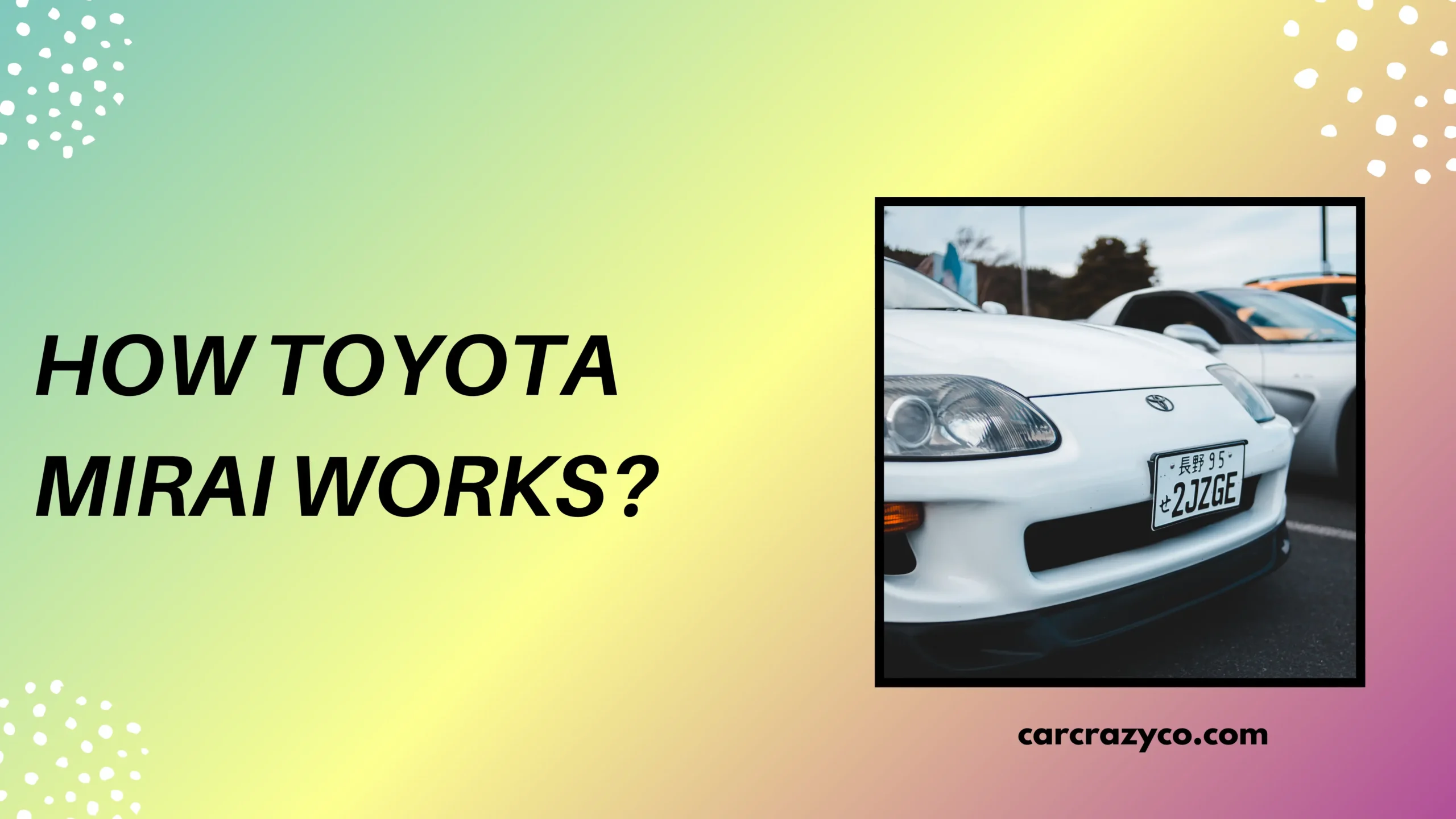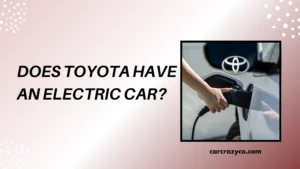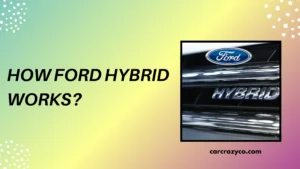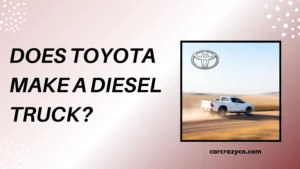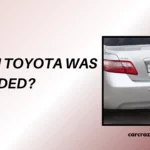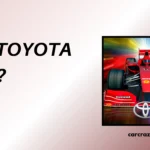Introduction
The world is searching for cleaner ways to drive, and the Toyota Mirai might be the most futuristic solution yet. It doesn’t use gasoline, and it’s not just another electric car either.
The Mirai is a hydrogen fuel cell vehicle, meaning it runs on one of the most abundant elements in the universe—hydrogen gas. Instead of emissions, it gives off pure water vapor.
Learning how the Toyota Mirai works helps us understand how innovation, sustainability, and mobility can come together. This isn’t science fiction—it’s real, and it’s on the road today.
How Toyota Mirai Works – 5 Key Sections
1. Hydrogen Fuel Cell Basics
The Toyota Mirai uses a hydrogen fuel cell stack to create electricity. Hydrogen from the fuel tank is combined with oxygen from the air to produce energy.
This reaction happens without combustion, so it’s clean, quiet, and chemical instead of mechanical. The only byproduct is water vapor, making it a zero-emission vehicle.
It’s like an electric car, but powered by hydrogen instead of batteries.
2. How Power Is Generated
When you press the pedal, hydrogen gas is sent to the fuel cell stack, where it reacts with oxygen through an electrochemical process. This produces electric current instantly.
That electricity powers the electric motor, which drives the wheels. There’s also a small battery that helps store extra energy during braking.
The Mirai delivers smooth acceleration, instant torque, and a quiet ride with no delay.
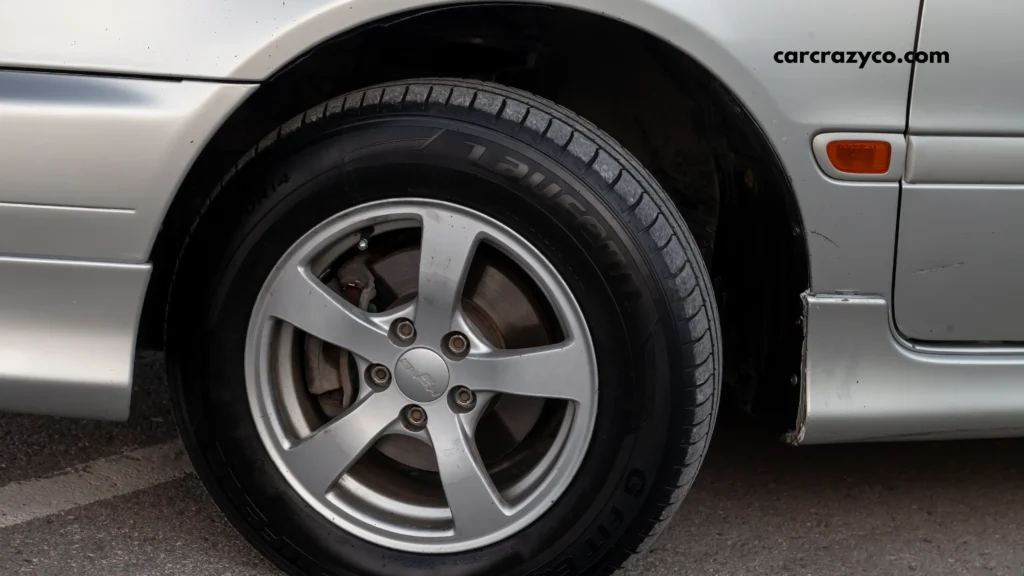
3. Refueling the Mirai
The Mirai is refueled at a hydrogen pump, similar to how you’d use a gasoline station. It takes just 3 to 5 minutes to fully refuel the car.
This gives it a driving range of about 400 miles, depending on the model and conditions. That’s comparable to gasoline cars, but with zero emissions.
Hydrogen stations are limited today, but infrastructure is growing steadily.
4. Water as the Only Emission
Instead of CO₂, the Mirai releases clean water vapor through a small tailpipe. That’s the result of hydrogen and oxygen combining in the fuel cell.
You can even see drops of water occasionally beneath the car—it’s that clean. There are no harmful gases, making the Mirai ideal for urban air quality.
This makes it one of the greenest cars currently available.
5. Benefits and Challenges of Fuel Cell Tech
Fuel cell technology offers long range, quick refueling, and clean emissions. It’s perfect for drivers who want eco-friendliness without waiting to recharge.
However, hydrogen stations are still limited, and fuel cell cars are more complex than regular EVs. Toyota is working to expand access and reduce costs.
Still, the Mirai proves that hydrogen could play a big role in the future of transportation.
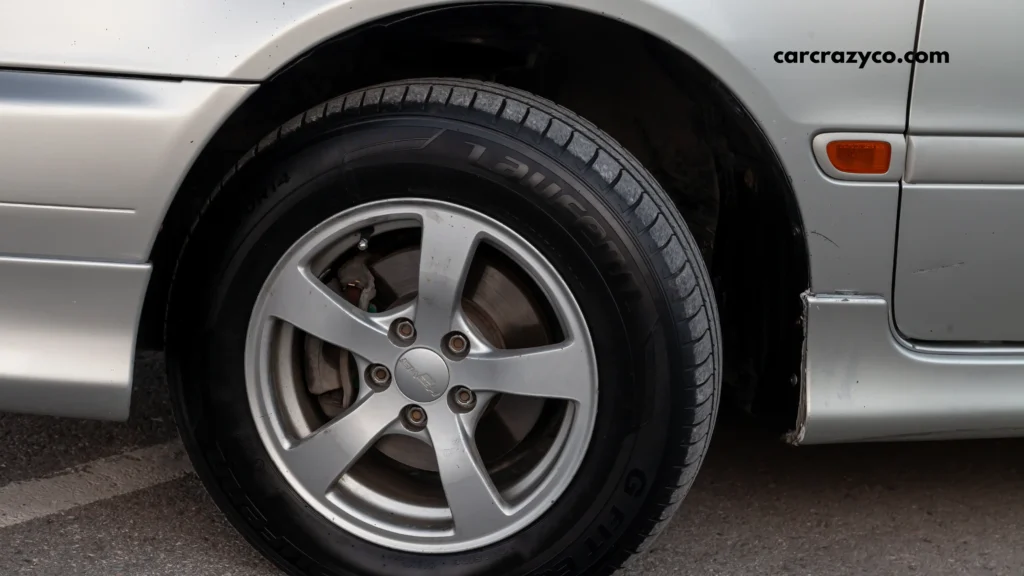
Conclusion: Why the Toyota Mirai Matters
The Toyota Mirai is more than a new car—it’s a blueprint for the future of driving. With zero emissions, fast refueling, and a quiet ride, it challenges how we think about clean energy.
By using hydrogen, Toyota has shown that it’s possible to build cars that are eco-friendly and practical. It’s a step toward reducing our carbon footprint without sacrificing performance.
As more people discover how the Mirai works, the dream of cleaner cities, quieter roads, and a greener planet gets closer to reality.
FAQs
1. What powers the Toyota Mirai?
The Mirai is powered by a hydrogen fuel cell, which generates electricity through a reaction between hydrogen and oxygen.
2. How long does it take to refuel?
It takes around 3 to 5 minutes to fill the hydrogen tank, similar to fueling a gasoline car.
3. What comes out of the exhaust?
The only emission is water vapor, making it a zero-emission vehicle with no pollutants.
4. Is the Toyota Mirai an electric car?
Yes, but instead of using a plug-in battery, it creates its own electricity from hydrogen.
5. How far can the Mirai drive on a full tank?
The Mirai can travel up to 400 miles on a full tank of compressed hydrogen.
6. Where can I refuel a Mirai?
Hydrogen stations are currently found in select regions, especially in California and parts of Europe and Japan.

